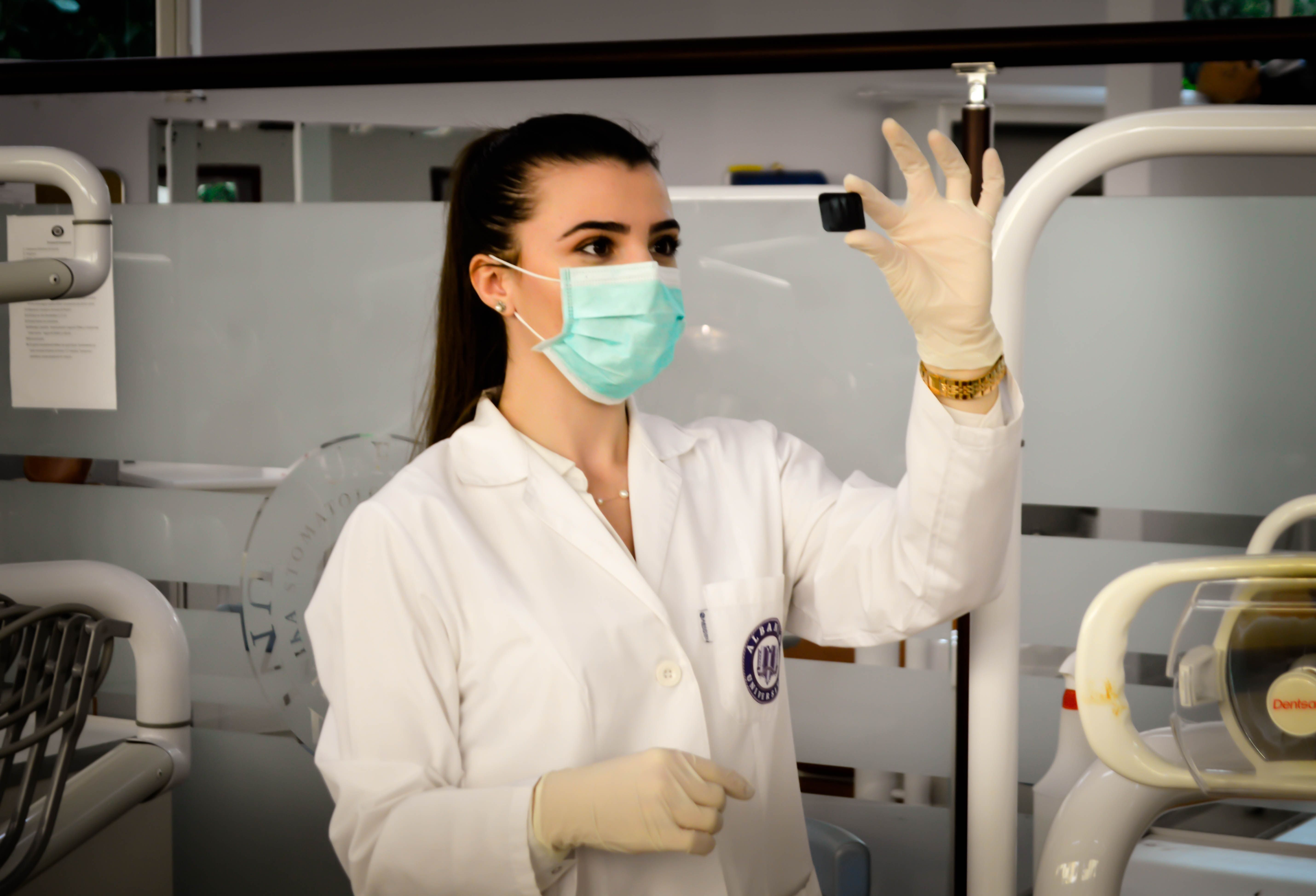Infliximab Effective Improving Biomarkers for Pediatric Crohn's Disease
The cut points for LCT and nCD64 in Crohn’s disease were not previously known.

A better understanding of the cut points of inflammatory bowel disease (IBD) biomarkers could help yield better pharmaceutical options for patients.
The neutrophil fecal biomarkers, calprotectin (FCP) and lactoferrin (LCT), and peripheral blood neutrophil CD64 surface receptor (nCD64) are biomarkers for mucosal inflammation in IBD. While FCP has been evaluated as a biomarker for mucosal healing in the past, cut points for LCT and nCD64 are less known.
A team, led by Ruben J. Colman, MD, Division of Gastroenterology, Hepatology and Nutrition, Cincinnati Children’s Hospital Medical Center, identified the cut points for LCT and nCD64 associated with FCP remission, while evaluating the relationship between biochemical outcomes and infliximab trough concentrations.
The investigators analyzed FCP, LCT, and nCD64 both before and after infliximab induction in pediatric patients with Crohn’s disease. They defined week 14 FCP biomarker remission as FCP <250 µg/g and clinical response as a weighted Pediatric Crohn’s Disease Activity Index of an <12.5 or Δ>17.5 improvement.
Finally, the researchers calculated predictive outcomes by receiver operating characteristics (ROCs).
The study included a total of 56 patients with Crohn’s disease. The ROC analysis identified an infusion 4 LCT <8.06 (area under the receiver operator characteristics [AUROC], 0.934; P <0.001) and nCD64 <6.12 (AUROC, 0.76; P = 0.02) as the ideal cut points for week-14 FCP biomarker remission.
Both the end of induction infliximab-trough of >9.4 µg/mL (AUROC, 0.799; P = 0.002) and >11.5 µg/mL (AUROC, 0.835; P = 0.003) were linked with a FCP <250 and FCP <100, respectively.
The investigators also found patients achieving end of induction trough greater than 5 µg/mL had a median FCP improvement (dose 1-4) of 90% compared with a median of 35% with levels <5 µg/mL (P = 0.024) with a similar median reduction in nCD64 (48% vs 20%; P = 0.031).
“This study establishes cut points in neutrophil stool and blood biomarkers for both biochemical remission and therapeutic trough levels following induction therapy,” the authors wrote. “Further studies that evaluate pharmacodynamic biomarker targets for endoscopic and histologic healing are warranted.”
Last year, investigators discovered the allele HLA-DQA1*05 could be a useful biomarker in predicting anti-drug antibodies for Crohn’s disease patients.
A team, led by Alekseis Sazonovs, Wellcome Sanger Institute, performed a genome-wide association study to identify variants linked to the time of development of anti-drug antibodies of 1240 biologic-naïve patients with Crohn’s disease starting anti-tumor necrosis factor (anti-TNF) drugs such as infliximab or adalimumab.
Anti-TNF has become the most widely used biologic drug to treat immunemediated diseases.
However, repeated administration can induce the formation of anti-drug antibodies. The ability to identify patients at increased risk for development of anti-drug antibodies could facilitate the selection of therapy and use of preventative strategies.
The HLA-DQA1*05 allele, which significantly increases the rate of immunogenicity (HR, 1.90; 95% CI, 1.60—2.25; P =5.88 × 1013), is carried by approximately 40% of Europeans.
The study, “Achieving Target Infliximab Drug Concentrations Improves Blood and Fecal Neutrophil Biomarkers in Crohn’s Disease,” was published online in Inflammatory Bowel Diseases.